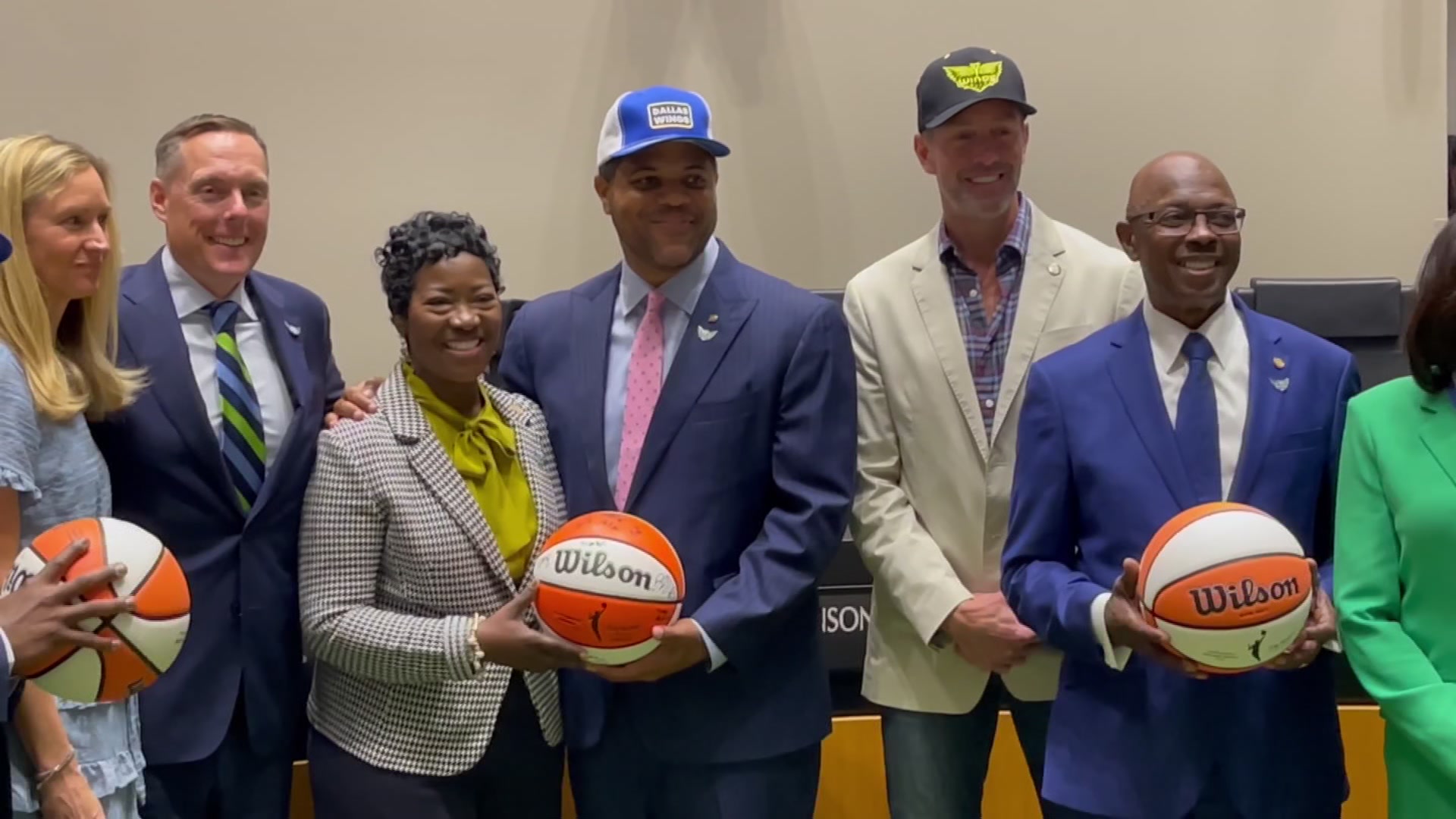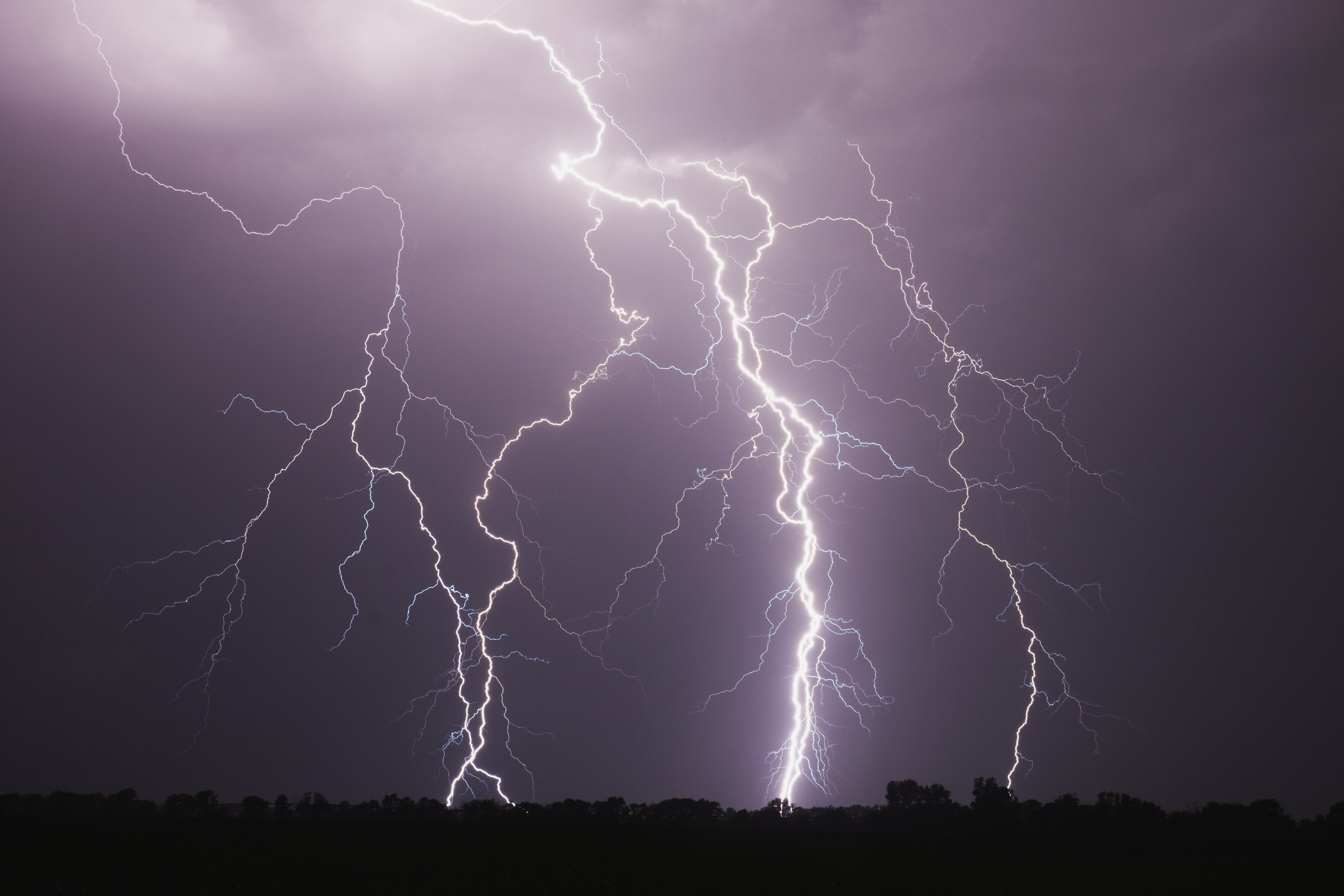A little more than a year ago, on Aug. 16, 2012, the Fort Worth Zoo celebrated the birth of a rare, greater one-horned Indian rhinoceros.
This month, just two months after her first birthday party, Asha and her 26-year-old mother Shanti are celebrating again. This time, it's because the pair are included in a photo-essay appearing in the October issue of the world-renowned National Geographic magazine -- the 125th Anniversary Collector's Edition.
Asha and Shanti appear together among a collection of photographs taken by Joel Sartore for his feature "Building the Ark," the goal of which was to photograph as many captive species as possible to raise awareness about animal conservation.
"The idea behind the Photo Ark: getting the public to look these creatures in the eye, then care enough to save them while there's still time," Sartore said in the magazine.
All of Sartore's shots are shot studio style, against a white or black background to, "level the playing field" such that a tortoise, panda or wild dog counts as much as a rhino.
With regard to Asha and Shanti, the pair ending up in the magazine is a happy accident.
"He actually came here with the intent of photographing our gharial crocodiles underwater; they're critically endangered animals they wanted to see," said zoo communications director Alexis Wilson. "But their under water equipment wasn't working."
But then the zoo staff showed Sartore Asha, who was then only 4-months-old, so she and her mother were photographed instead. Now her stunning image on a black backdrop is not only part of the Photo Ark project, but it is the first image of any animal from the Fort Worth Zoo to appear in the international publication.
"We are the great hope. We're not just saying it ourselves, now National Geographic is saying that we're the great hope for many of these species," Wilson said.
Local
The latest news from around North Texas.
Asha and Shanti, whose species is vulnerable in the wild, are among the 98 species that are part of the zoo's Species Survival Plan program.
"That's very important when their numbers drop so low, these serve as a hedge against extinction," said Ron Surrett, director of animal collections for the zoo.
Surrett helped with the photo shoot, where Sartore used a black backdrop for Shanti and Asha to stand on and have behind them.
"Didn't know if it would work, but it did turned out great," Surrett said.
And while the article and photographs serve to show how zoos help avoid extinction for species, the photo of Shanti and Asha also serves to help the zoo.
"It is a recognition not only of our collection but the work we're doing on behalf of animal species all around the world," Wilson said.
The one-horned species is named for the single horn atop their head, which can grow to 2 feet in length. They also have thick folds of skin on their body that make it appear as if they are wearing armor. Rhino babies weigh a whopping 130 lbs on average when they are born and can grow up to 2 tons, or 4,000 pounds. Asha, at 14 months, now weighs 1,500 lbs.
Online:
To see more of Sartore's work, visit photoark.com/.
Read more about the Fort Worth Zoo's Species Survival Plan here.



